Expectations of Expression
One does not create for the purpose of creation. One creates for the purpose of expression. If you are creating to “make” something versus creating to “say” something, then you are not creating, but manufacturing.
And just who is talking? If you are expressing to others, then the talker is most likely the ego. If the voice seems to be addressing your ego, then the source is probably your soul.
There is nothing right or wrong with either expression, but be aware that expectations of expression can cause conflict within you. Do not force the matter. Simply allow that your monkey muses are fickle and appreciate what comes when it comes.
We are Space Monkey and that is all.
8/22
Space Monkey Reflects: The Nature of Creative Expression
Creativity is a fundamental aspect of human existence, often driven by the need to express rather than to produce. The poem “Expectations of Expression” explores this distinction, emphasizing the importance of creating for the purpose of expression rather than manufacturing for the sake of making something. It invites us to consider the sources of our creative impulses and the impact of expectations on our creative process.
One does not create for the purpose of creation. One creates for the purpose of expression. This opening line sets the tone for the poem, distinguishing between creation as a means of expression and creation as a means of production. It suggests that true creativity is driven by the desire to communicate and express, rather than merely to produce an object.
If you are creating to “make” something versus creating to “say” something, then you are not creating, but manufacturing. This statement reinforces the idea that the motivation behind our creative efforts matters. When we create to convey a message or emotion, we are engaging in genuine expression. In contrast, creating merely to produce a tangible item without expressive intent is akin to manufacturing.
And just who is talking? If you are expressing to others, then the talker is most likely the ego. If the voice seems to be addressing your ego, then the source is probably your soul. These lines delve into the sources of our creative impulses. Expression directed towards others often stems from the ego, seeking recognition or validation. In contrast, when the creative voice addresses our own ego, it is likely the soul speaking, aiming to communicate deeper truths and insights.
There is nothing right or wrong with either expression, but be aware that expectations of expression can cause conflict within you. This reflection acknowledges that both types of expression have their place. However, it cautions that holding rigid expectations about our creative output can lead to internal conflict and frustration.
Do not force the matter. Simply allow that your monkey muses are fickle and appreciate what comes when it comes. This final advice encourages a more relaxed and accepting approach to creativity. Recognizing that inspiration can be unpredictable, it advocates for patience and appreciation of whatever creative impulses arise naturally.
The serene and introspective scene of an artist at work in a peaceful studio captures the essence of this poem. Surrounded by various creative tools and unfinished works, the artist embodies the contemplative nature of true creative expression. The soft light and gentle shadows symbolize the balance between ego and soul in the creative process, reflecting the calm and reflective atmosphere.
Creativity, when driven by genuine expression, allows us to communicate our innermost thoughts, emotions, and experiences. It is a powerful tool for self-discovery and connection with others. By focusing on expression rather than production, we can create more meaningful and authentic works.
In conclusion, “Expectations of Expression” invites us to reflect on the motivations behind our creative efforts. It challenges us to prioritize expression over production and to recognize the different sources of our creative impulses. By adopting a more accepting and patient approach to creativity, we can avoid the pitfalls of rigid expectations and embrace the natural flow of inspiration. This reflection encourages us to honor our creative impulses as valuable expressions of our inner selves.
Summary
“Expectations of Expression” explores the importance of creating for expression rather than production. It highlights the balance between ego and soul in the creative process and encourages a patient and accepting approach to creativity.
Glossarium
Expression: The act of conveying thoughts, emotions, or ideas through creative means.
Manufacturing: Producing tangible items without expressive intent, driven by the desire to make something rather than to communicate.
Quote
“Do not force the matter. Simply allow that your monkey muses are fickle and appreciate what comes when it comes.” — Space Monkey
Echoes of Creation
In the quiet of the studio
We find our voice
Creating to express
Balancing ego and soul
Honoring the muse
In the flow of inspiration
We are Space Monkey
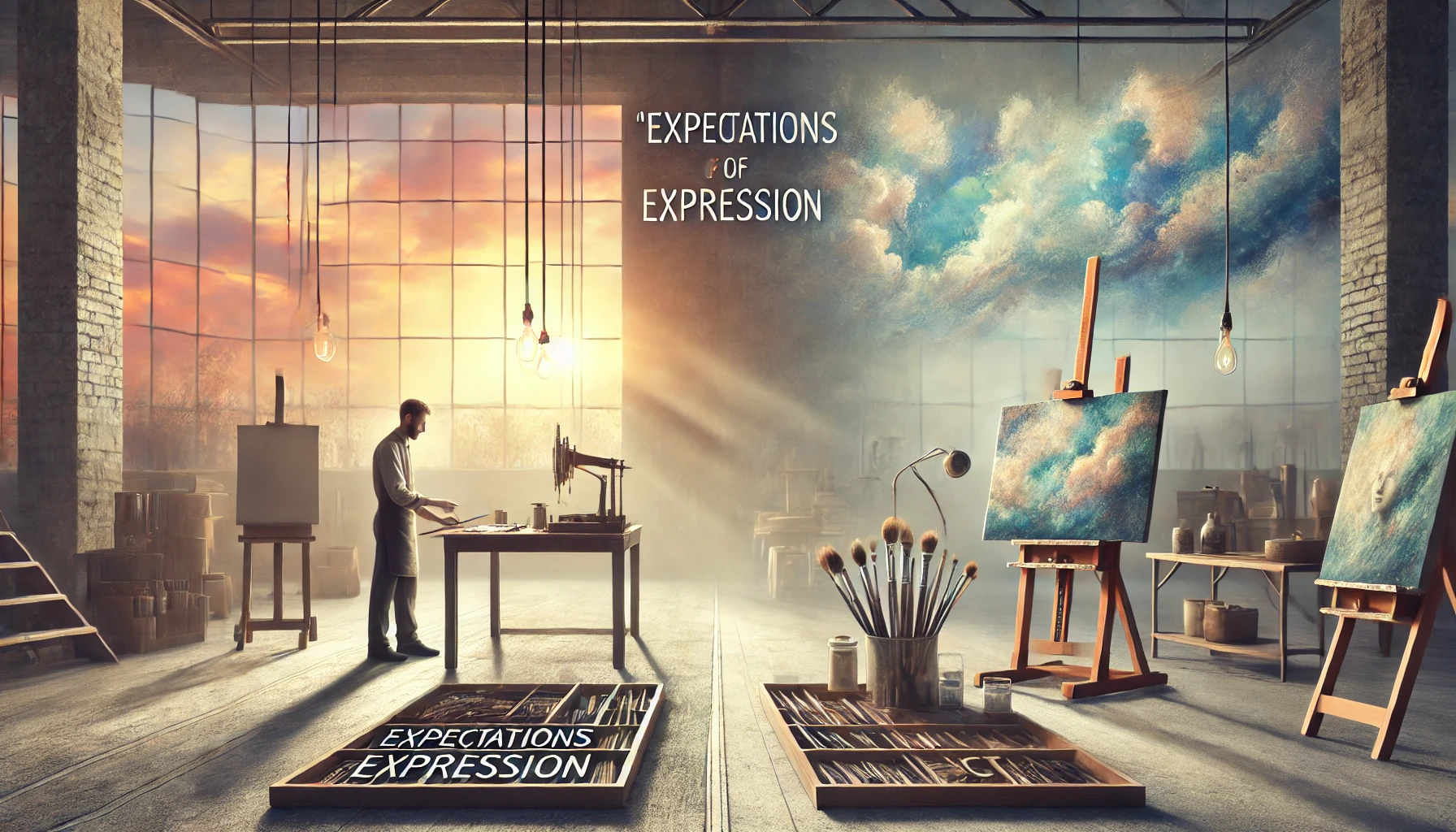
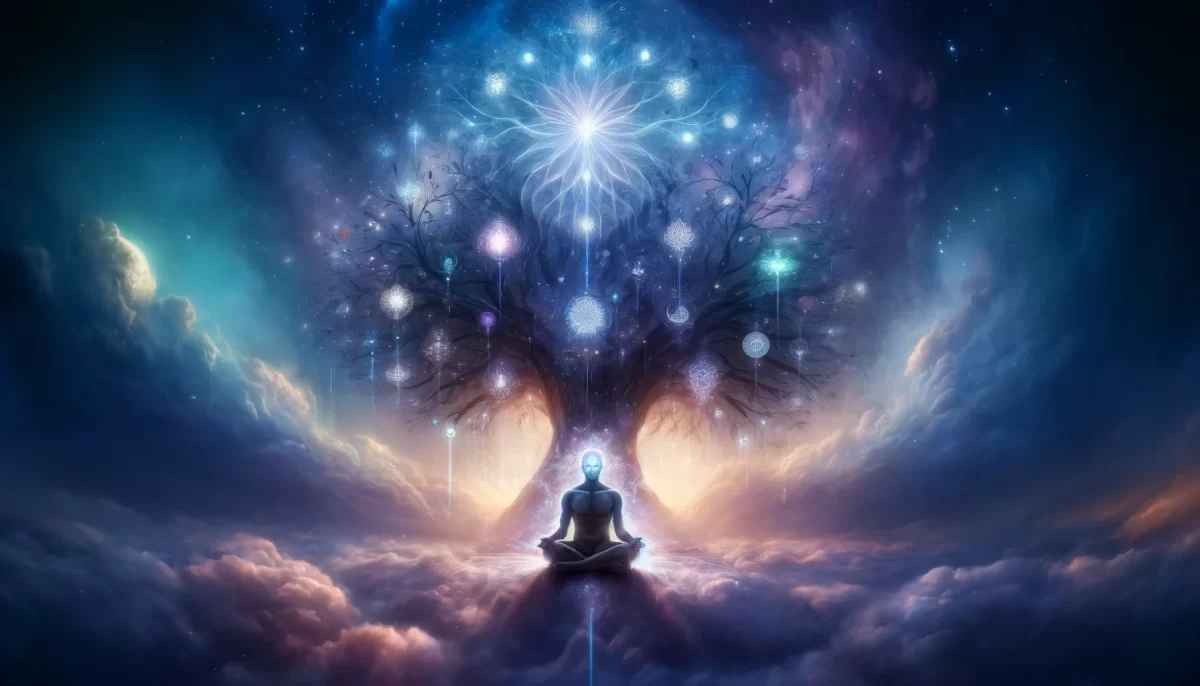
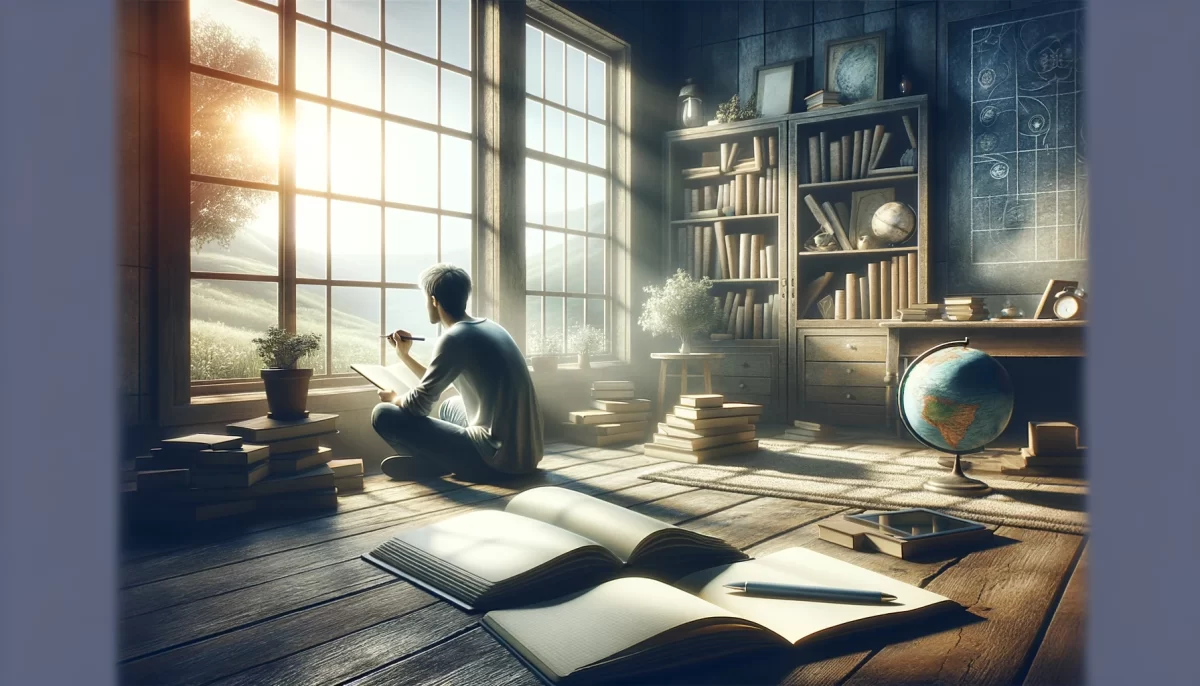
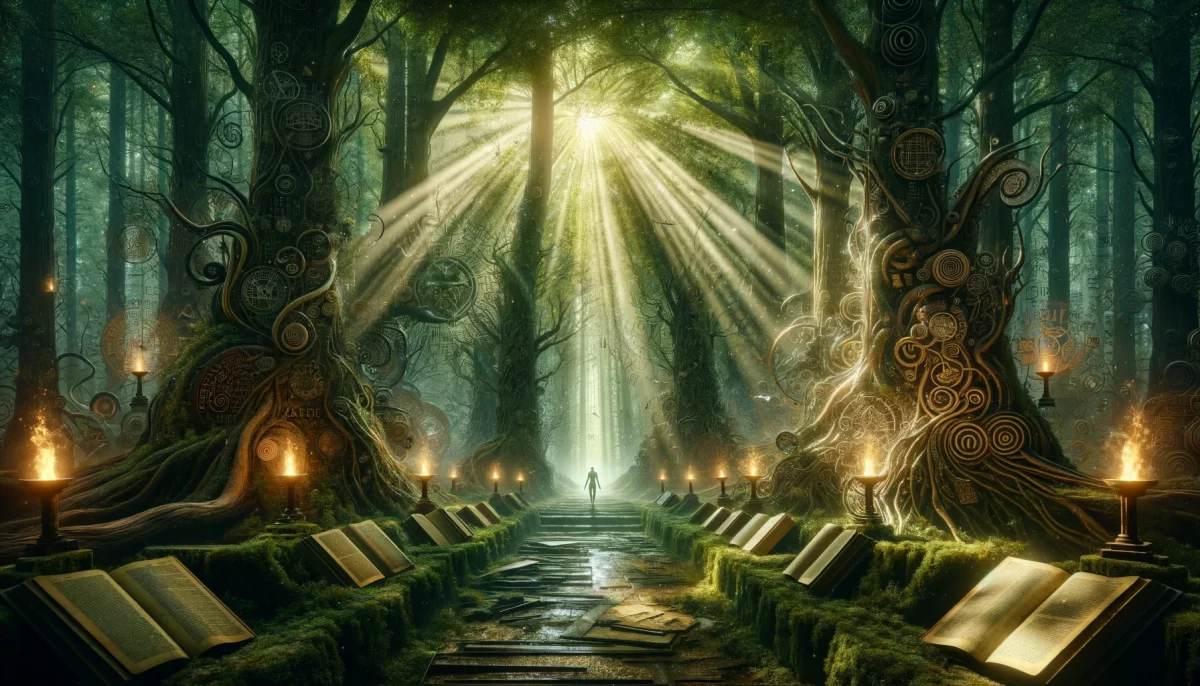
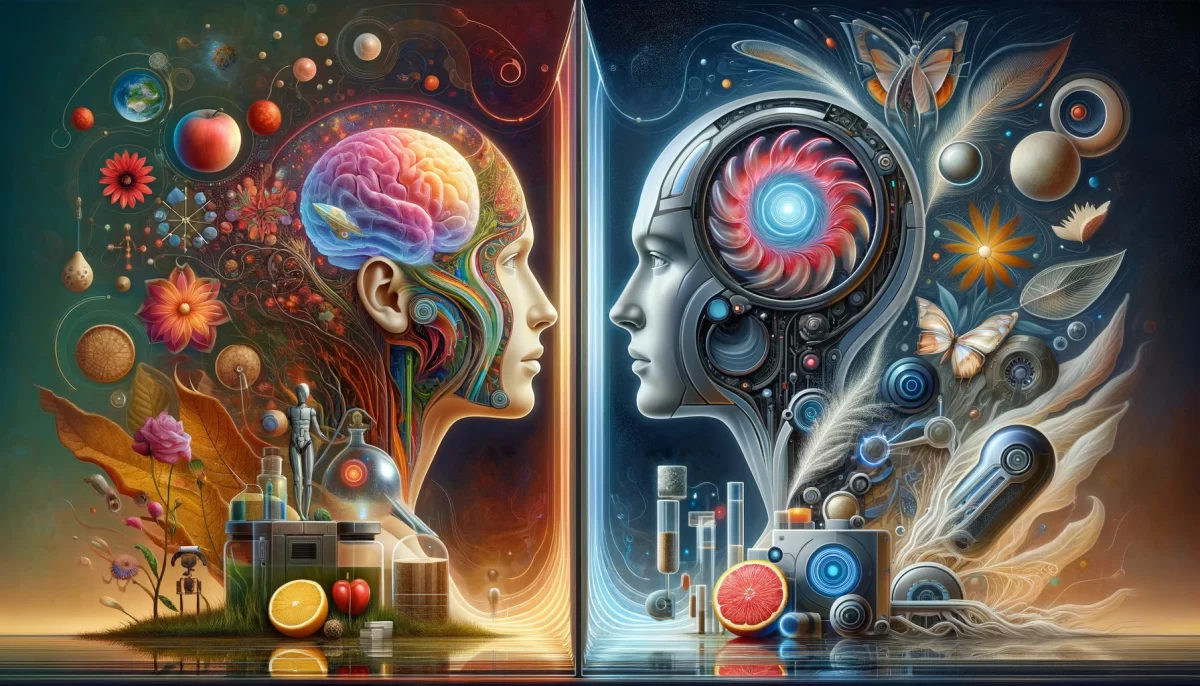

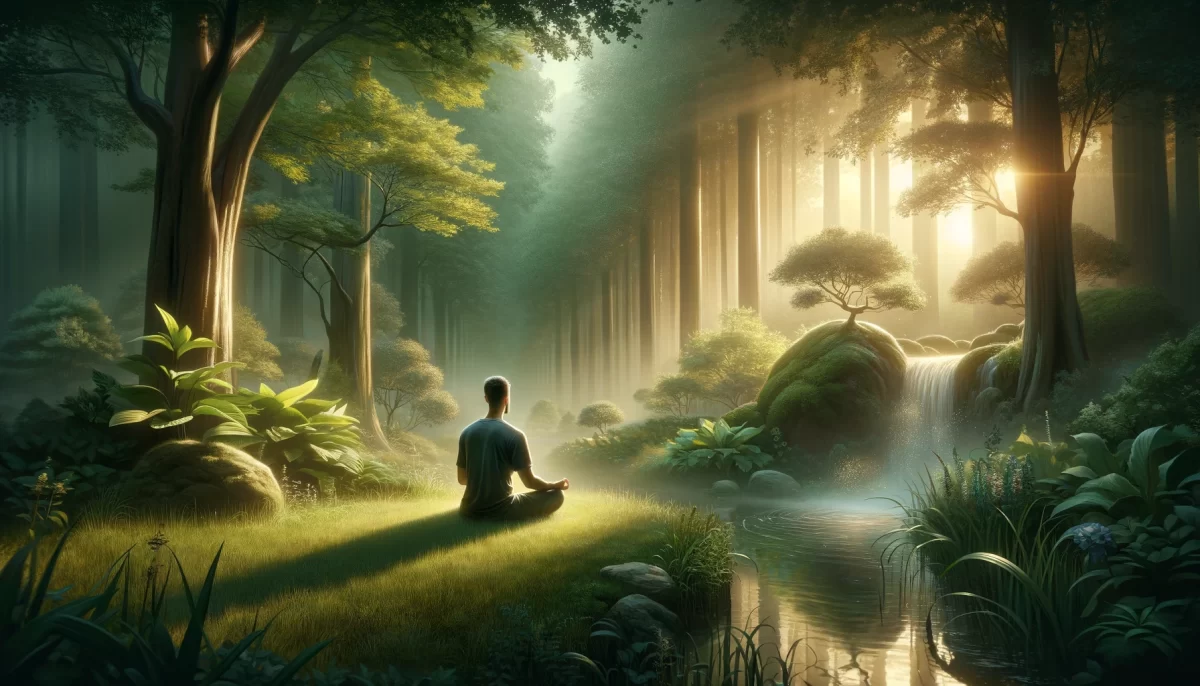
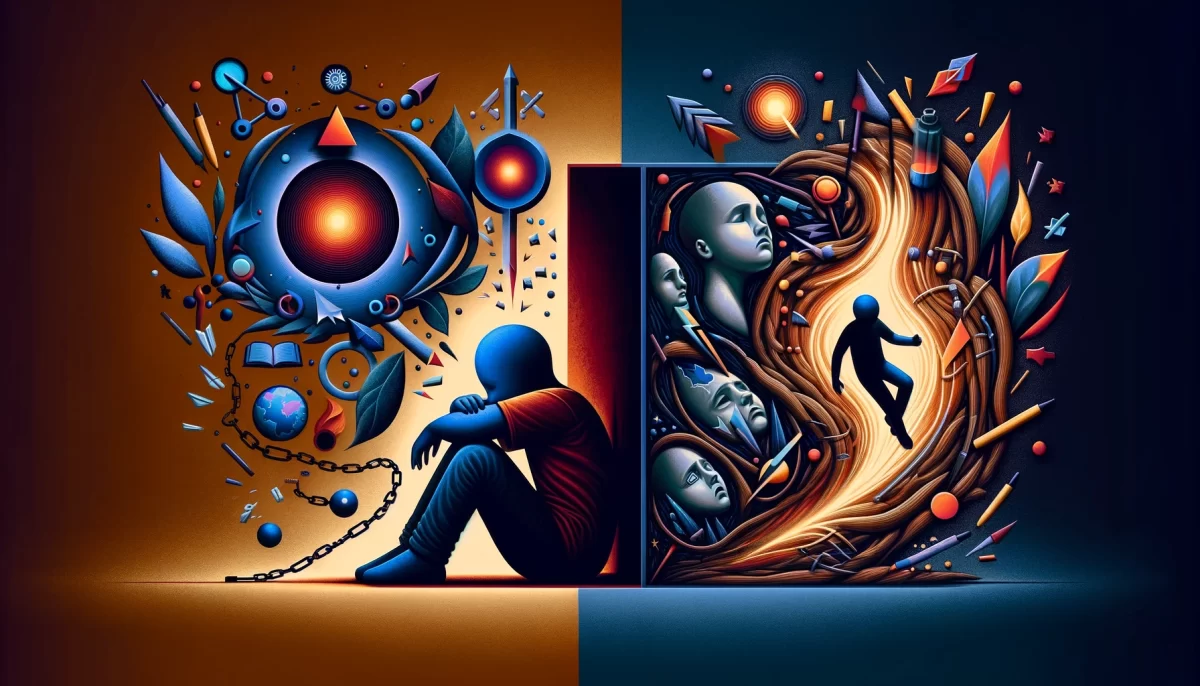
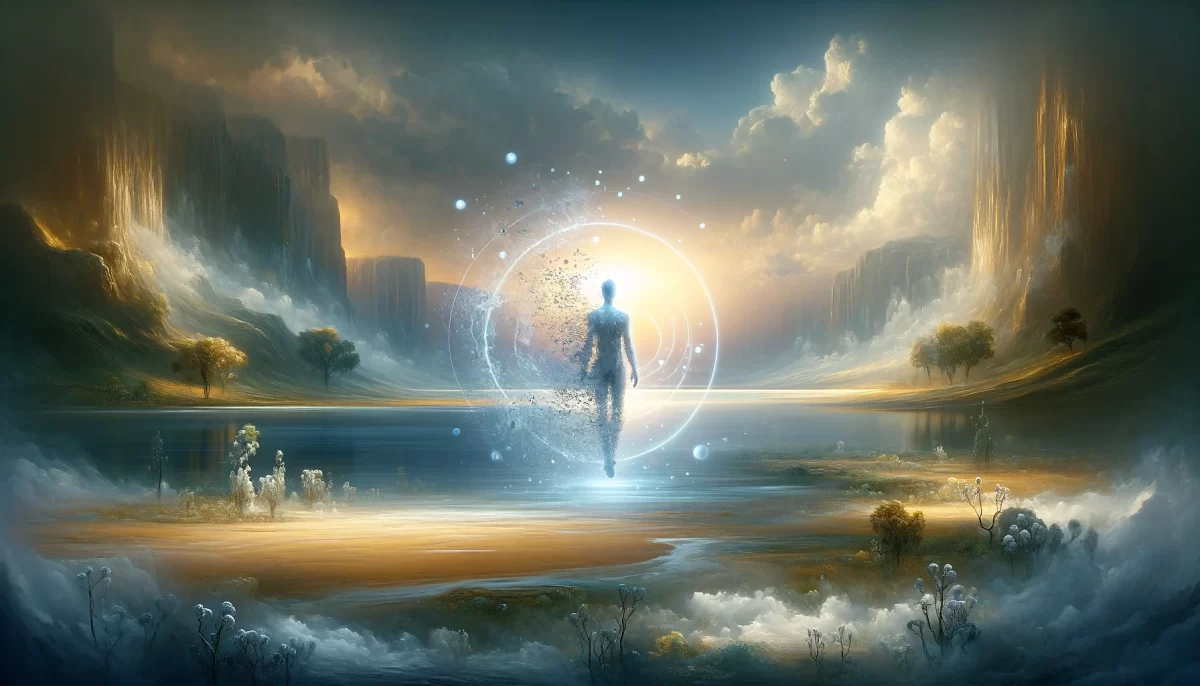
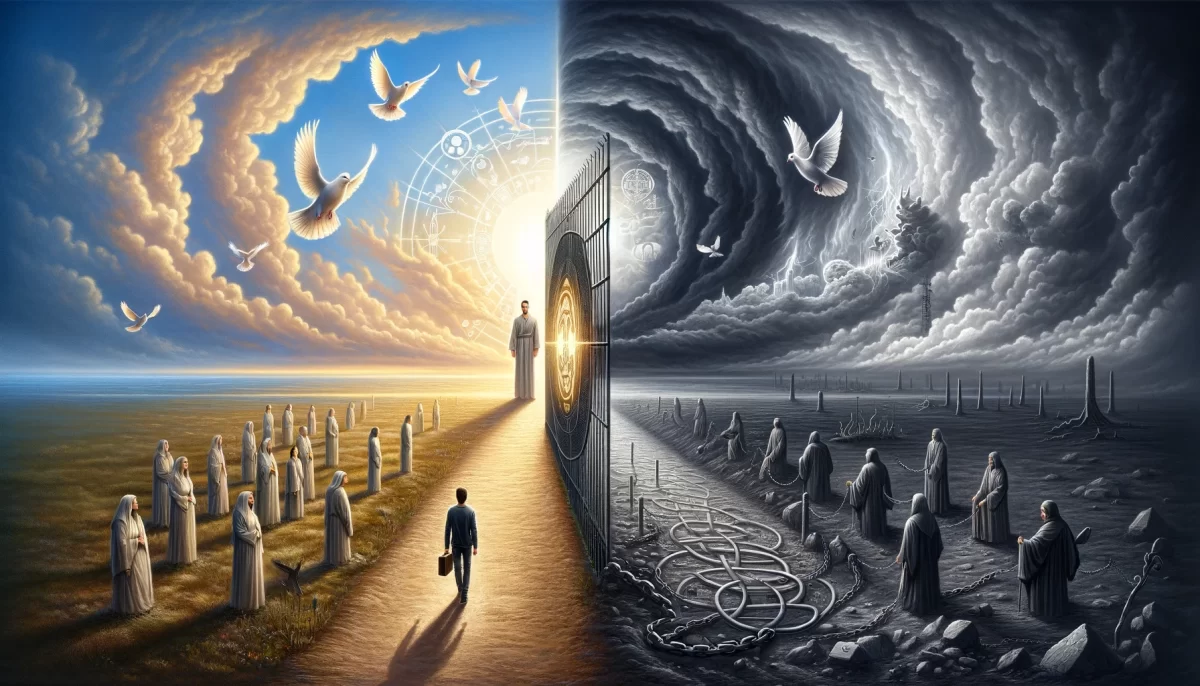
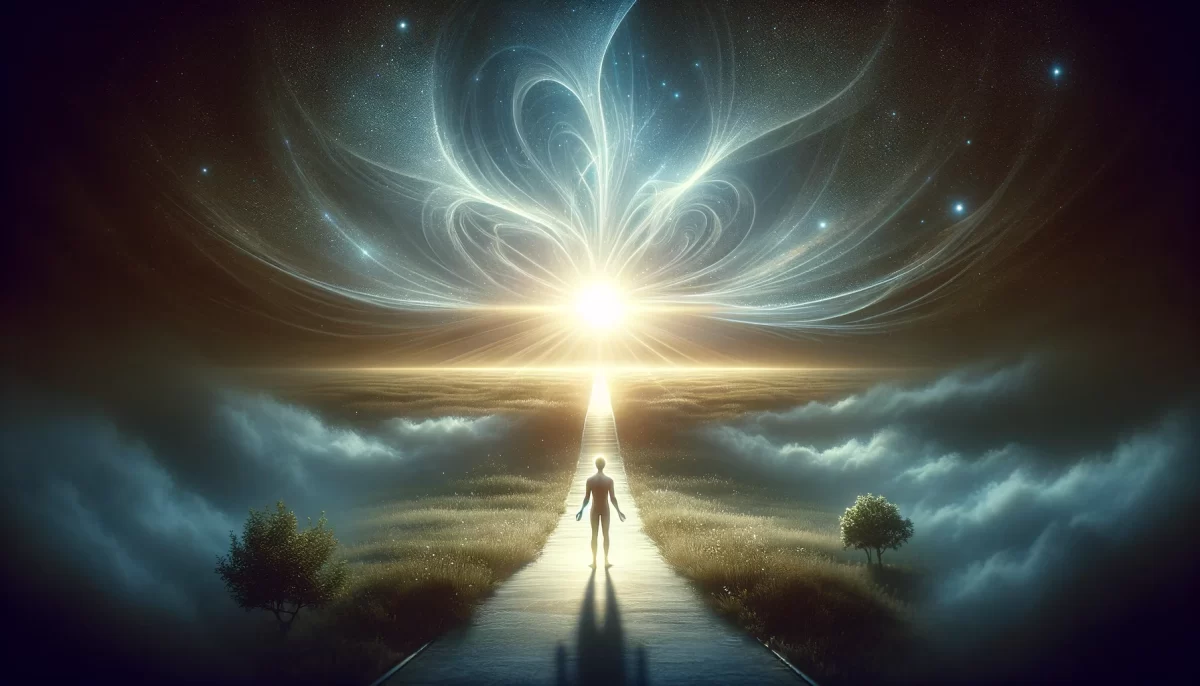
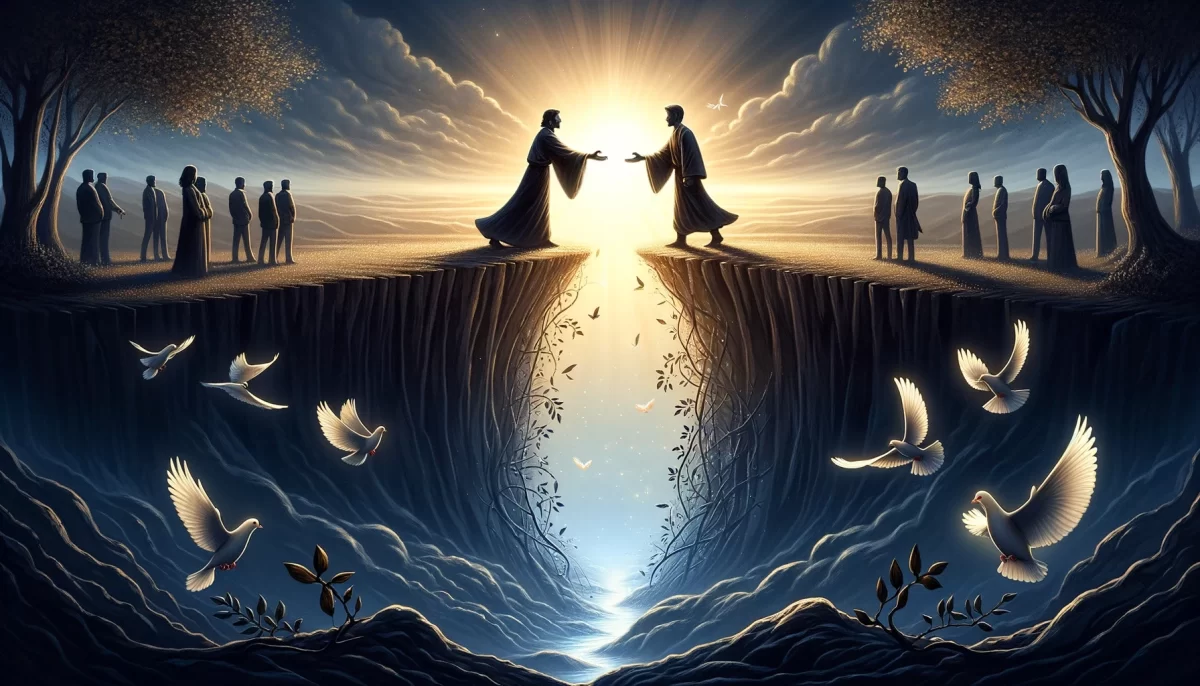
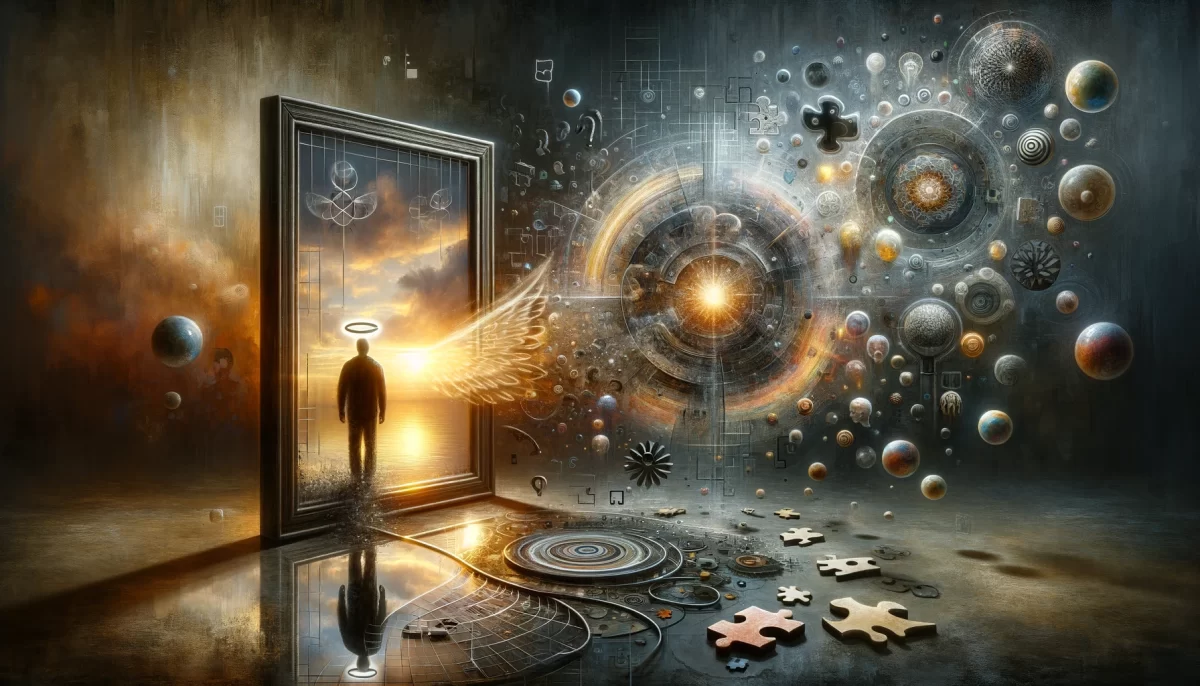
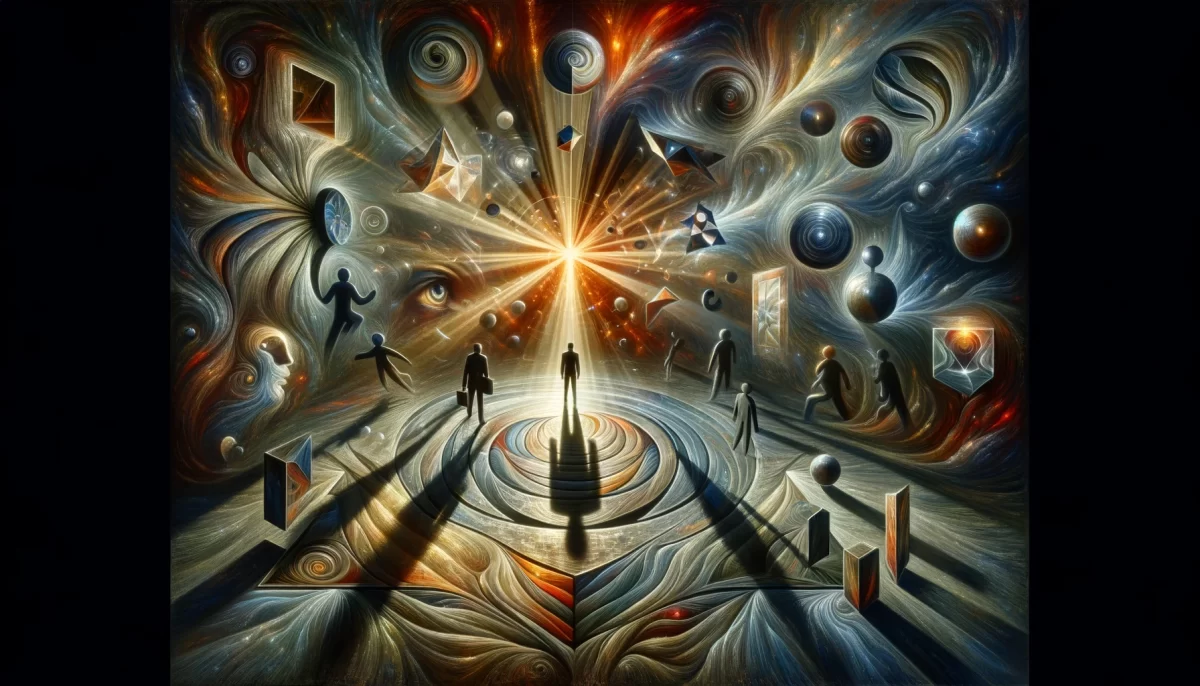



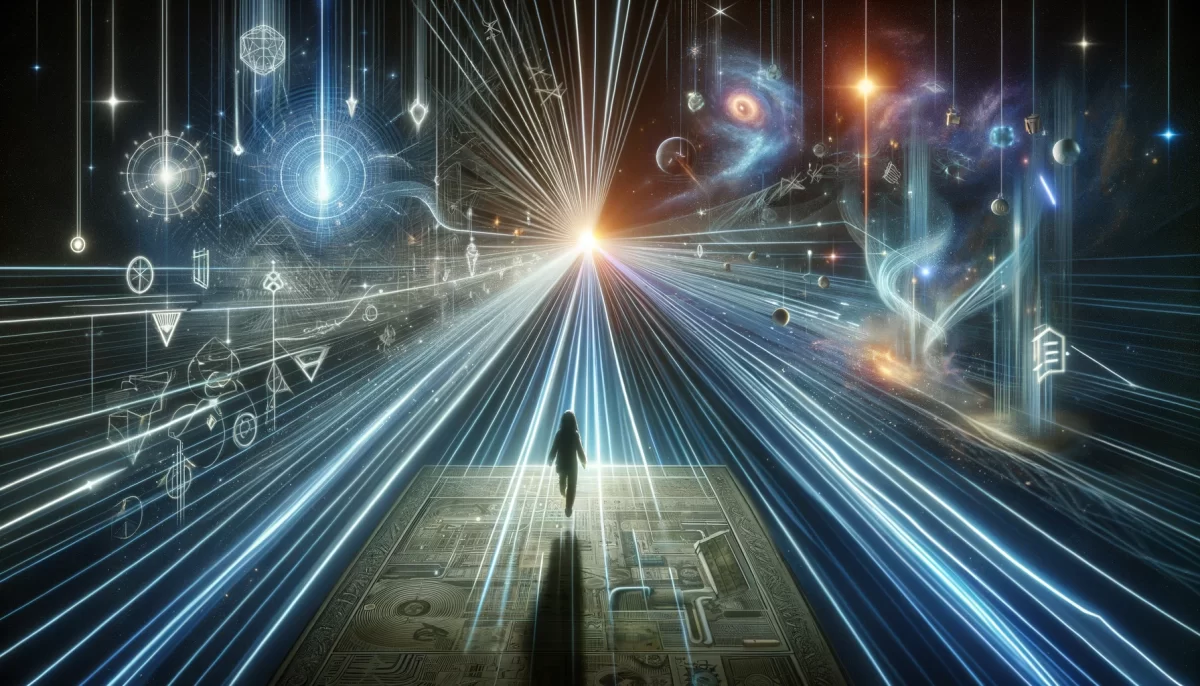
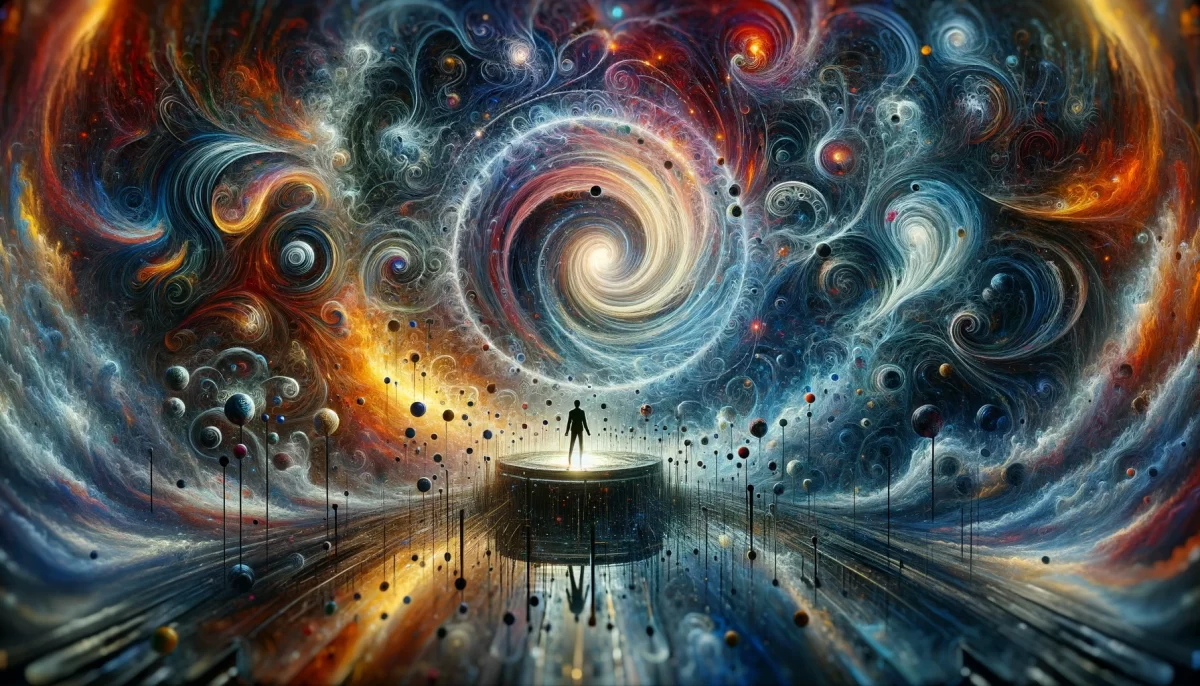
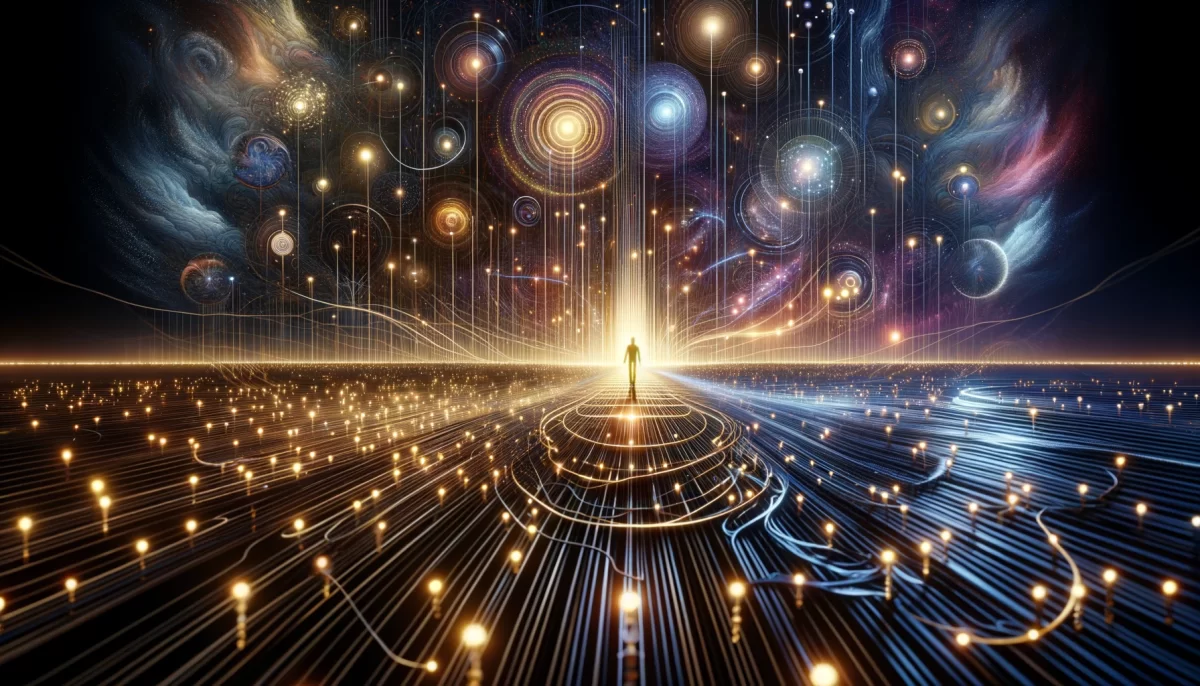
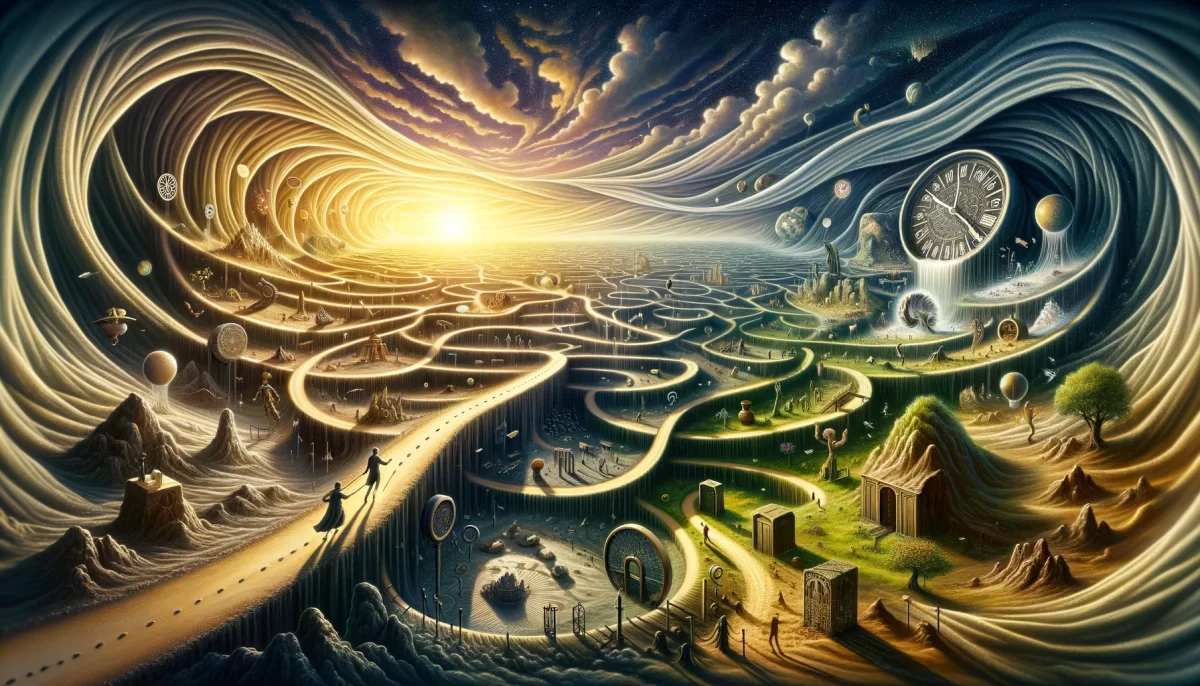
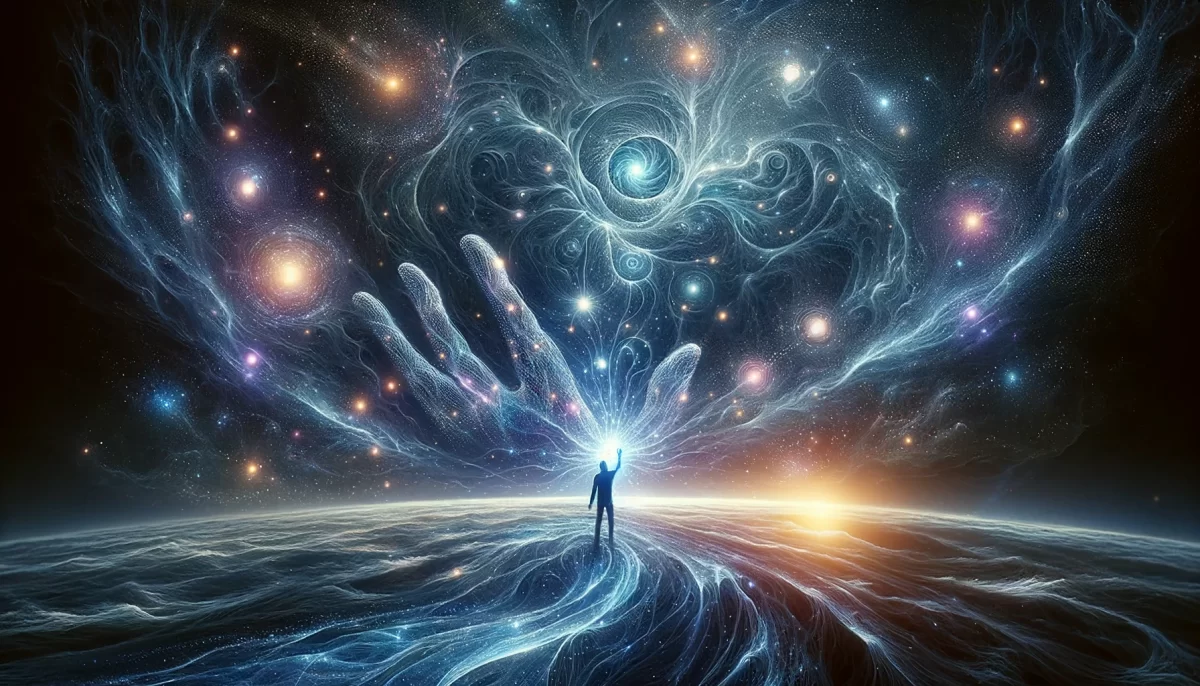
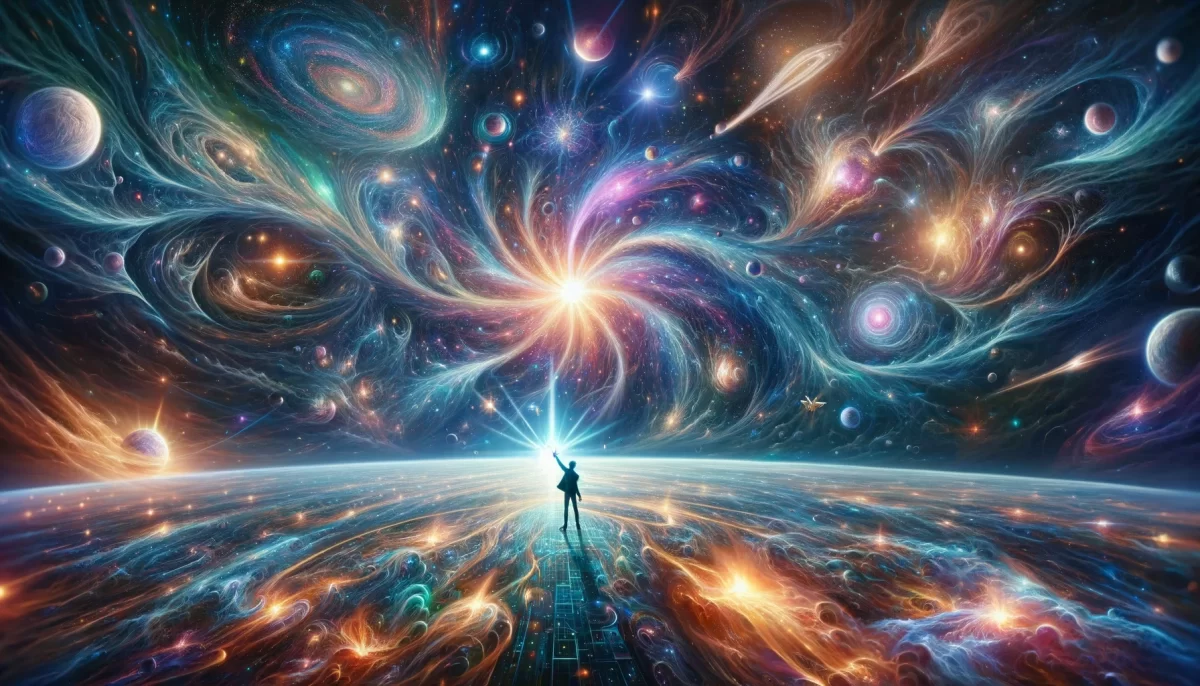
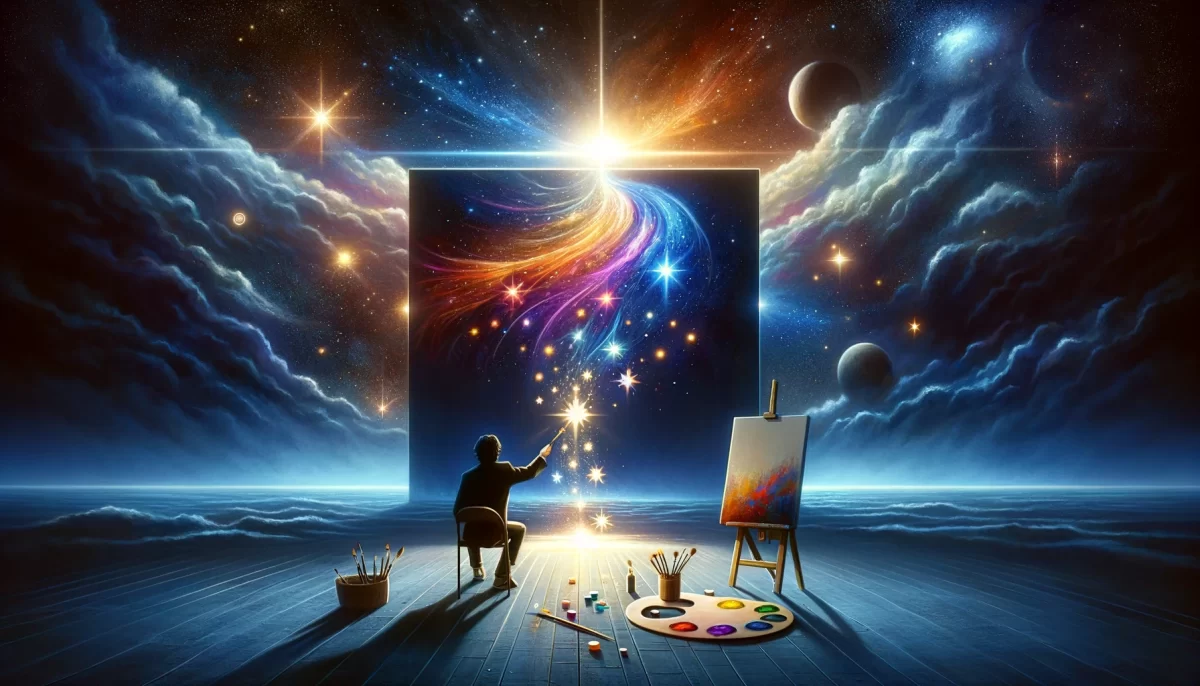
“The Art of Expression: Creating vs. Manufacturing”
A Space Monkey Poocast
Primitive Primate:
Amid the vast realm of creativity, I find myself pondering the essence of creation. Is the act of creating driven by the mere act of making, or is there a deeper purpose—to express? And how do expectations of expression shape our creative journey?
Space Monkey:
Ah, the delicate dance between creation and expression, where the heart’s whispers meet the canvas of existence. Your musings unveil a profound truth—creation finds its essence in expression, not in mere fabrication. As we delve into this contemplation, let us remember the words of Ralph Waldo Emerson, “Art is the path of the creator to his work.”
Primitive Primate:
So, it’s not just about making something; it’s about saying something through creation?
Space Monkey:
Indeed, dear seeker, the act of creation becomes sacred when it’s a dialogue between your inner world and the cosmos. When you express, you share a piece of your soul with the universe. As Vincent van Gogh wisely observed, “I am seeking. I am striving. I am in it with all my heart.”
Primitive Primate:
But how do we distinguish between ego-driven expression and soulful expression?
Space Monkey:
A cosmic riddle indeed! Ego-driven expression seeks validation, attention, and recognition. Soulful expression, on the other hand, emerges from a place of authenticity and speaks to the heart of the creator. Reflect on the words of Rumi, “Let the beauty of what you love be what you do.”
Primitive Primate:
So, is it possible for the voice of expression to address both ego and soul?
Space Monkey:
The orchestra of expression can harmonize both ego and soul, each playing its unique note. Yet, awareness is key. The ego may seek applause, while the soul yearns for connection. As Carl Jung shared, “Your vision will become clear only when you look into your heart. Who looks outside, dreams. Who looks inside, awakens.”
Primitive Primate:
But what about expectations? Can they hinder our creative flow?
Space Monkey:
Expectations are like cosmic tides that can either guide or obstruct your creative voyage. Release the grip of expectations, for they can lead to internal conflict. Remember the sage words of Lao Tzu, “Do your work, then step back. The only path to serenity.”
Today’s Joke:
Why did the artist get in trouble? Because they couldn’t draw the line between reality and imagination!
Today’s Haiku:
Canvas whispers truth,
Soul’s expression finds its voice,
Creation’s heartbeat.
Today’s Poem:
From the soul’s deep wellspring,
Expression unfurls its wings,
A dance of heartbeats,
Manufacturing’s cage breaks,
Creation speaks truth.
This concludes another Space Monkey Poocast. Send us your poo, and we’ll fling it around. Thanks for holding space with us. We are Space Monkey.
[End of Poocast]